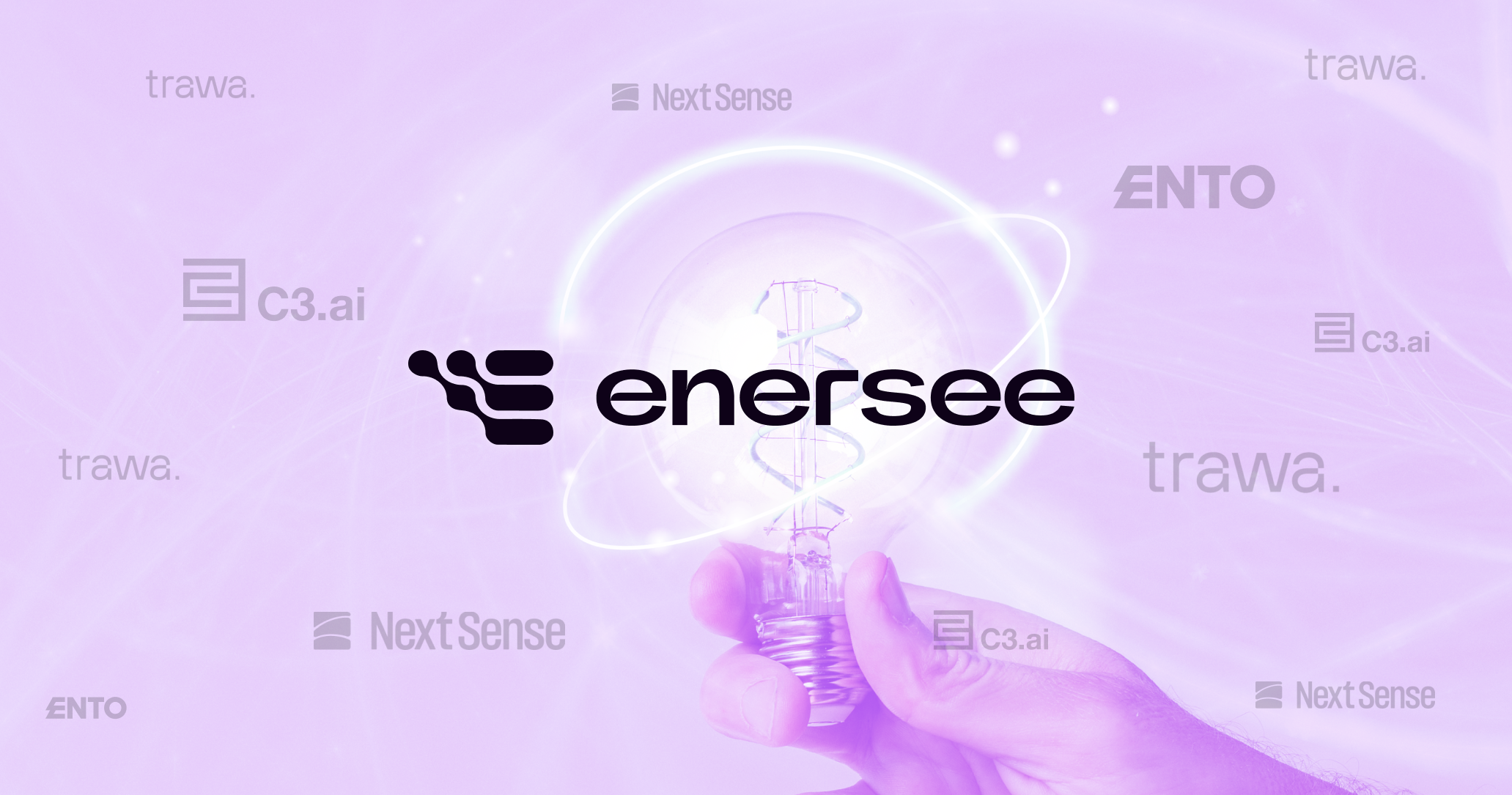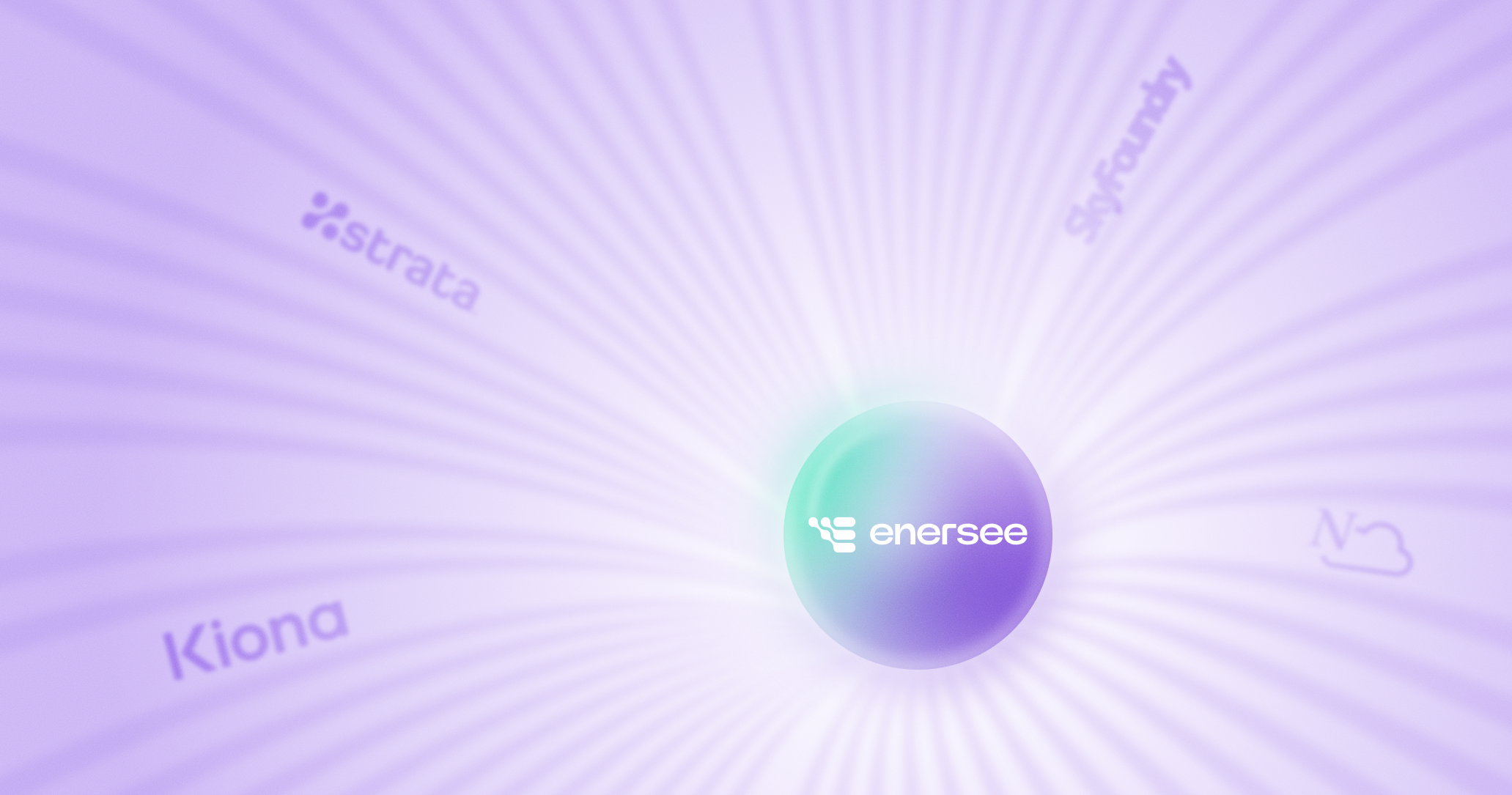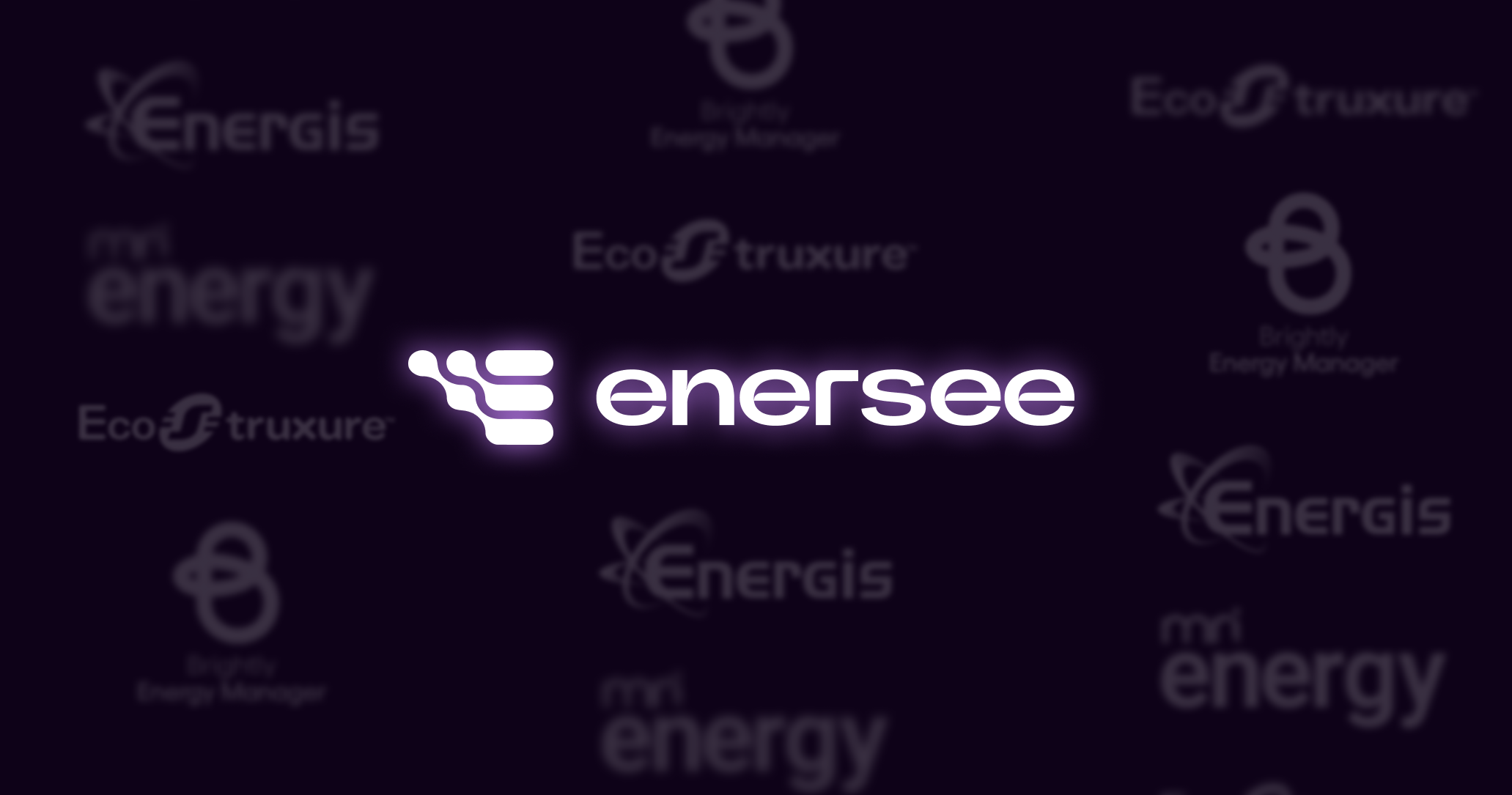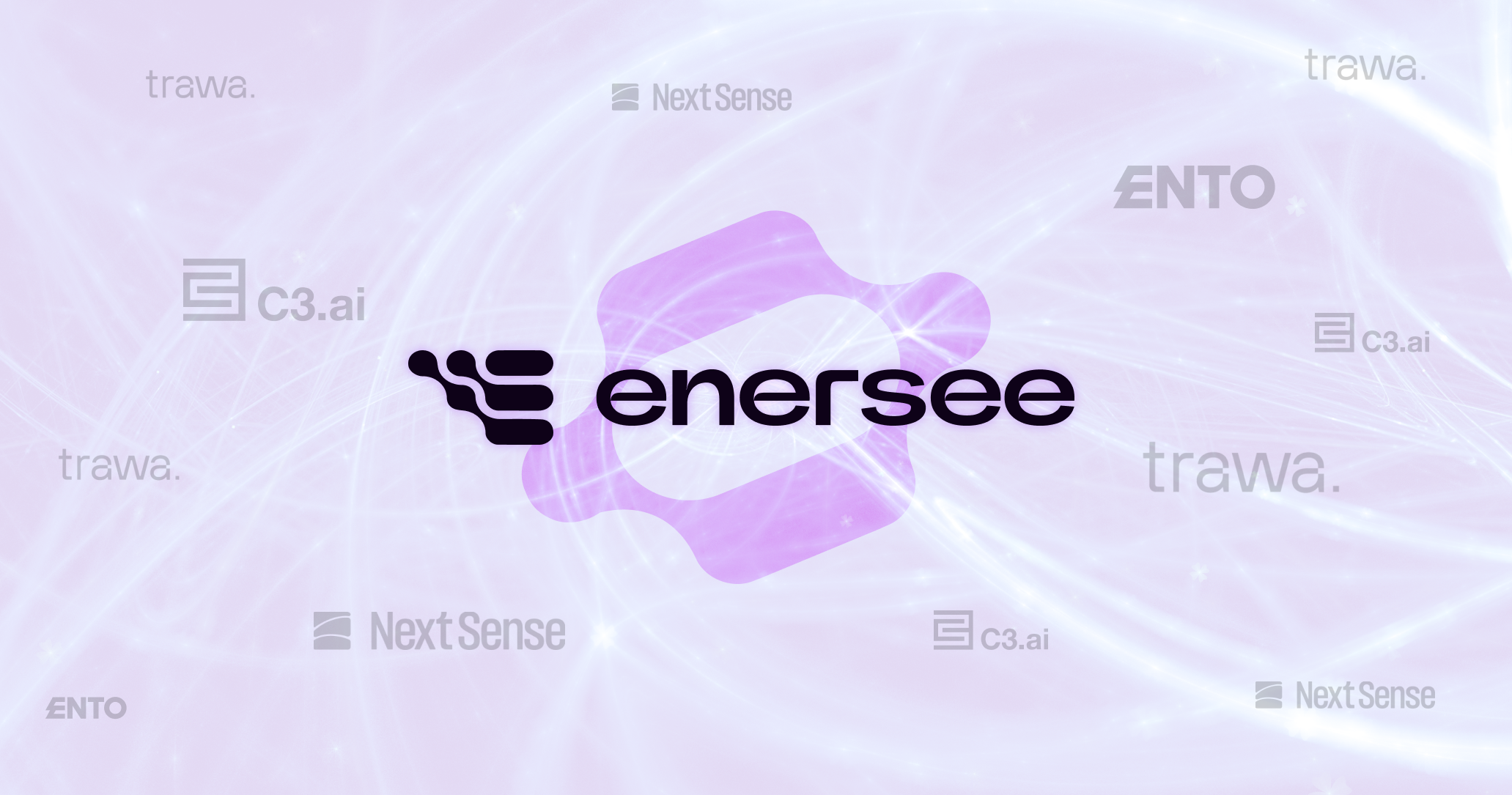Every piece of equipment and every building generates energy data. But if you don’t know what to do with that data, the losses can be huge. Organizations report energy waste of up to 30% because of false alarms or alerts that lack context. Energy management tools can be the life-savers that help you collect and analyze data from multiple sources, and reduce the energy and money wasted.
Can you achieve the same with a spreadsheet? Maybe, if you have only one extremely small building and a lot of time at hand. All the others will need something more complex. An energy management tool offers dashboards, automated reports, and analytics that show you exactly where you’re wasting energy, and how to stop that.
But using just any energy management tool won’t be enough. You have to choose the right one for your organization. How to do that? This article will take you through the 7 best tools that simplify data and reporting, so you can improve operations in no time.
The benefits of energy management tools
By 2050, experts believe the global energy demand will more than double. Renewable energy use is expected to increase steadily, from around 45-50% in 2030, to up to 85% by 2050.
Looking at these numbers, we can say one thing for certain: energy management tools are not just “nice to have” anymore. They’re a must if you want to stay competitive.
Their benefits include:
- Improved visibility. Real-time dashboards help teams see energy performance across all assets and facilities.
- Data reliability. Automated data collection reduces manual errors and improves accuracy in reporting.
- Faster decision-making. Analytics highlight inefficiencies, cost drivers, and quick-win opportunities.
- Regulatory compliance. Many tools align with ISO 50001, the GHG Protocol, and ESG disclosure standards.
- Cost savings. Organizations typically achieve 10 to 25 percent energy-use reductions after adoption.
Top 7 energy management tools for smart decision making
An energy manager often manages hundreds if not thousands of buildings. Classic tools can’t keep up with such a high volume of data. Add to that the pressure to comply with regulations, and create report after report, and it’s only a matter of time until serious mistakes start happening.
The right energy management tool can be a companion that takes this pressure off your shoulders, allowing you to focus on the most pressing issues and drive innovation.
These are the 7 best tools according to our research.
1. Enersee – best energy management tool for energy management, analytics, reporting, and long-term impact

Energy professionals spend up to 55% of their time on reporting and compliance instead of real action. Enersee, an AI-first energy management platform, can cut this by 50%. It acts as your 24/7 virtual energy manager, so you can stop worrying about limited human resources.
Enersee connects to utilities, IoT devices, BMS, and meters, automatically detecting anomalies, ranking them by impact, and suggesting corrective measures.
Core strengths:
- Self-learning algorithms that reveal hidden inefficiencies and forecast consumption.
- Smart prioritization that helps you rank issues by urgency and cost impact.
- Easy to scale, so you can use it even when you have hundreds of buildings.
- Through its integrated modules, it allows you to link day-to-day operations with long-term strategy.
- Detects required measures (capacity tariffs, BACS, EPCNR) and subsidy opportunities instantly.
One large German retailer needed to detect anomalies and improve performance. Working with Enersee, they detected 3.6 sizeable anomalies per store, 92.5% of which were missed by traditional energy management tools. Instead of spending months resolving all these issues, they fixed them within 8 days. This resulted in potential annual savings of up to €3.5M.
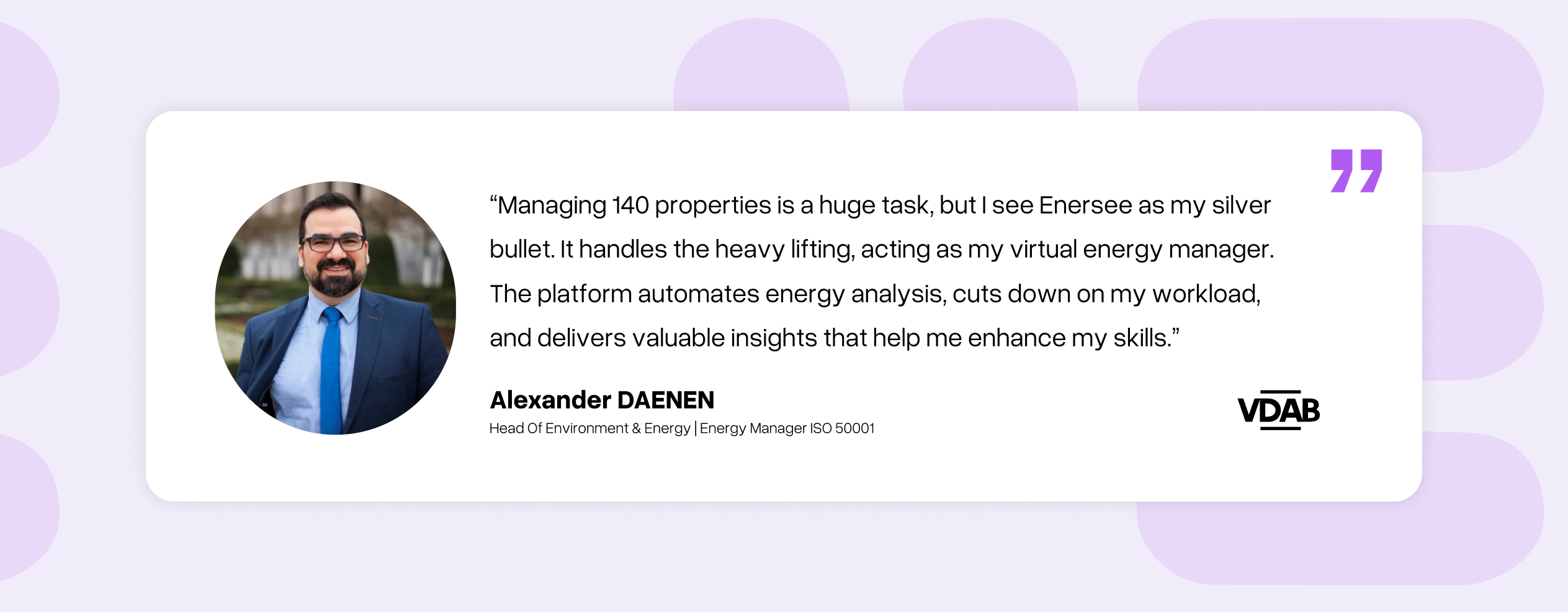
2. Energy Elephant — energy management tool for easy data visualization and sustainability insights
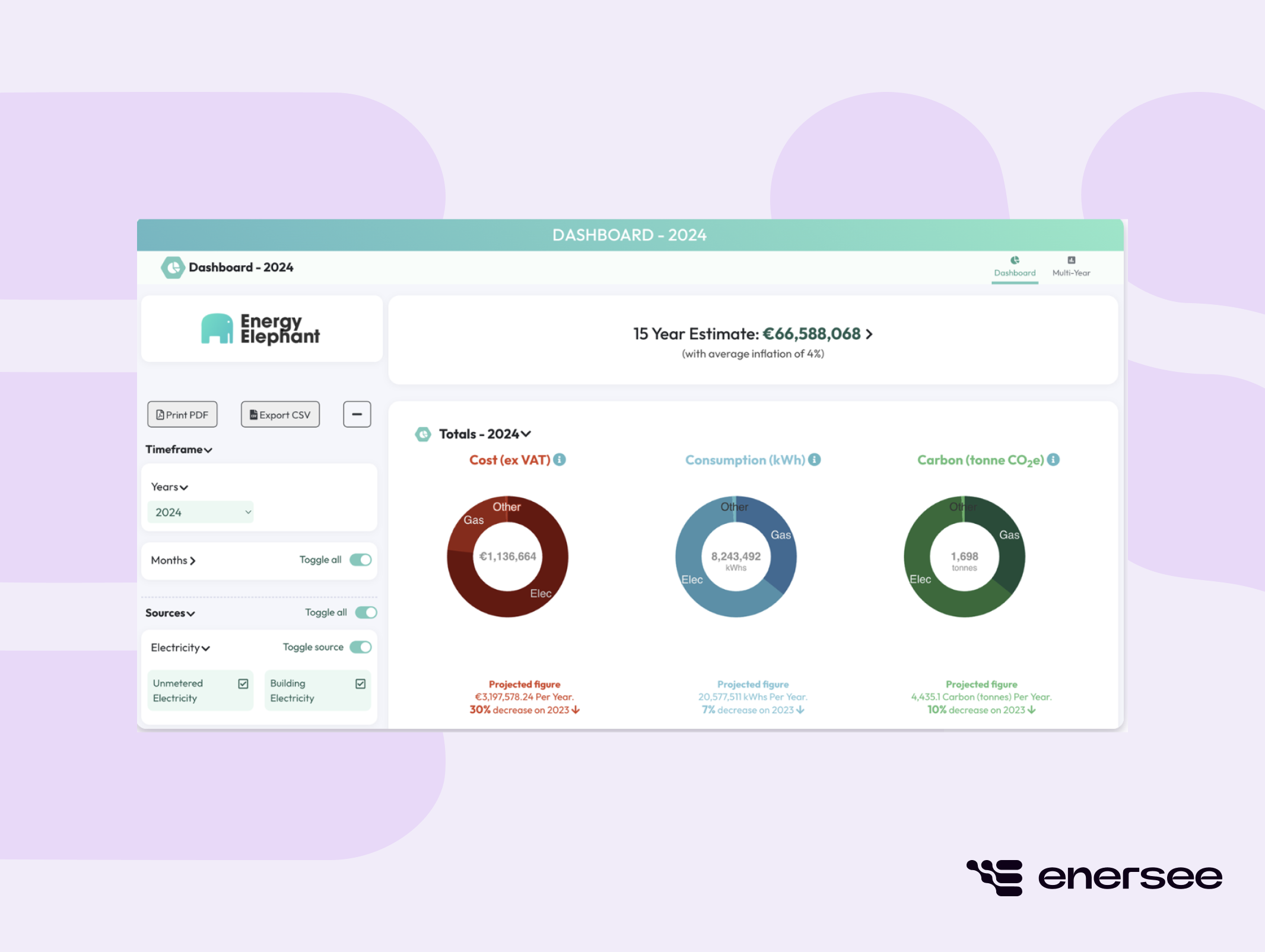
An energy management tool that aims to simplify how you track, manage, and optimize energy usage, Energy Elephant is a platform for non-technical users. It brings together data from utility bills, meter readings, and emissions into clear dashboards and performance trends.
What else can you do with it?
- Calculate Scope 1 and 2 emissions and get a clear view of the progress towards your targets.
- Automatically import data by connecting to smart meters or uploading bills.
- Compare energy intensity across buildings during various time periods.
Users like Energy Elephant because it’s easy to use and they can integrate it with existing systems rather quickly. A user explains, “The integration with our energy suppliers has made energy consumption analysis much more efficient and effective, in particular in the context of undertaking retrofits of our buildings where we can now generate data on historical previous bills with cost and consumption data in seconds.”
There are some cons as well. For instance, some complain of scalability limitations and that Energy Elephant isn’t the best when working with large data sets.
3. ClearVUE.Zero — energy management tool for real-time monitoring and site benchmarking
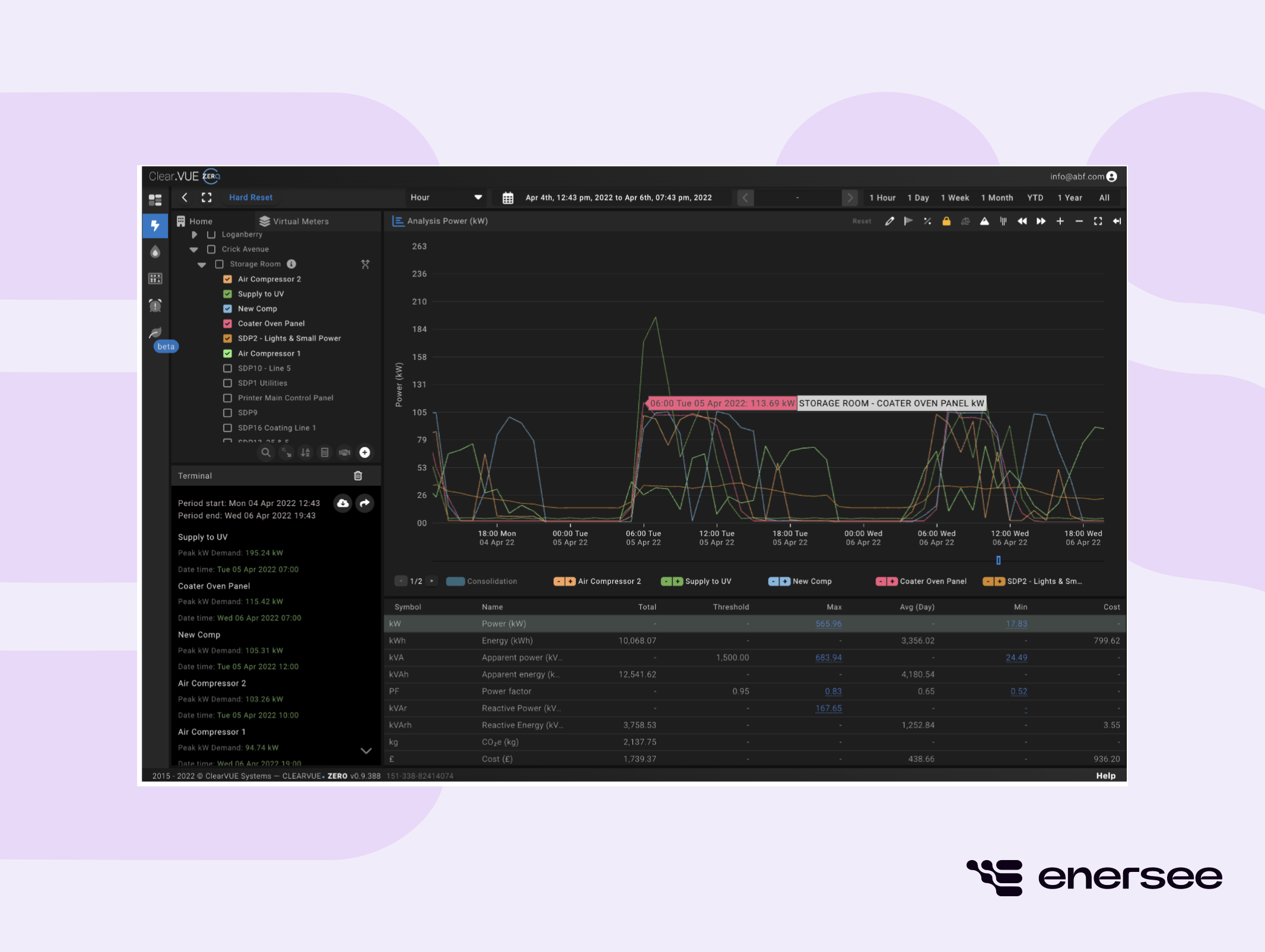
Sometimes, you want to quickly get insights into your electricity, gas, and water usage without complex analysis. ClearVUE.Zero is a cloud-based energy management tool that delivers just that.
Focused on transparency and immediate insight, this tool can be a real asset to both technical and non-technical teams.
What exactly can it do?
- Tracks energy consumption across meters and sites and offers instant updates.
- Shows you the cost, carbon, and usage metrics.
- Compares site performance and identifies anomalies.
- Simplifies ESG and ISO 50001 reporting.
One user on Capterra talks about ClearVUE.Zero, saying, “ClearVue is an easy-to-use cloud based system. It allows easy analysis of power data across all measured sources. It enables easy understanding of your energy usage and where you can save. It is backed by a team of experts that provide monthly reports and support.”
If you’re looking for a platform with advanced analytical or AI capabilities, you may find ClearVUE.Zero isn’t enough. Plus, you’ll often still need to work on customizing everything, and some report formatting options will require add-ons.
4. EnergyCAP — energy management tool for utility bill management and reporting

EnergyCAP is a great platform for those who need bill accounting, benchmarking, and sustainability tracking.
With it, you can import and analyze thousands of invoices, automate bill processing, allocate costs by site, department, or meter, and detect anomalies.
Users like it because it’s easy to use and has great customer service. “EnergyCAP is great product and easy to navigate. I want to talk about the customer service. EnergyCAP has dedicated customer service professionals that are there to make sure you are successful. They are very responsive and easy to schedule a meeting with if needed.”
On the downside, some say it’s not so easy to create custom reports, and the pricing structures aren’t always dynamic.
5. Planon — energy management tool for facility and workplace integration

A tool that combines facility management and energy monitoring, Planon offers insights into energy and building management.
Its dashboards can show how much energy you use for each facility operation. If reporting gives you trouble, Planon can help with that as well, so you can reach targets faster. Plus, you can integrate it with IoT and other building automation systems.
Users like its intuitive dashboard and real-time insights. Someone on the G2 platform states, "The dashboard is user-friendly, and I was able to quickly navigate through different features like filtering the date range and getting information in a timely or summarised view. Its workplace sensor technology is attached to our cabinets and desks, enabling it to provide real-time insights.”
Does it have downsides? Some, yes. For instance, if you’re a small-scale organization, implementing Planon might prove a little too complex. Plus, if you’re hoping for a tool with deep analytical and AI insights, this might not be the right choice as it’s more focused on quick analysis rather than a complex one.
6. EnergyPrint — energy management tool for utility data analytics and performance benchmarking

If you’re looking for a simple tool that helps you analyze data, verify savings, and benchmark performance across portfolios, check out EnergyPrint.
With it, you can centralize utility data, view fair performance comparisons thanks to weather normalization, and automate consumption alerts.
Users appreciate it because it’s easy to use and offers good value for its price. On the downside, organizations with large portfolios might struggle with setup, and its predictive analytics options are not the best compared to other platforms.
7. Envizi (IBM) — energy management tool for enterprise sustainability performance tracking

Did you ever struggle because of information stored in dozens of places? IBM Envizi, a tool created for tracking, reporting, and reducing environmental impact can help with that.
It offers comprehensive dashboards, trend analysis, and automated reporting for ESG. Plus, it’s great if you’re already part of IBM’s ecosystem as it can integrate with tools like Tririga and Maximo.
What do users say? “This suite is very user- friendly. The given module is quite simple and usable. The interface and the tools are very handy and precise.”
Technical configuration isn’t always the easiest. If you don’t have a strong specialized team, this step will probably be an issue.
Why data intelligence defines the next generation of energy management tools
You can’t have energy efficiency without data. But the results depend on how you use that data. Energy management tools can transform information into clear insights on how you can reduce waste, plan upgrades, and meet emission targets.
Choosing the right platform is a key step. A tool like Envizi can be good if you’re already immersed in IBM’s ecosystem, while EnergyPrint can be useful if you want quick insights without going too deep into analytics.
Enersee stands out as an advanced tool that combines data integration, anomaly detection, and automated prioritization. It brings together monitoring and decision-making, so that no matter how complex your data is, or how many buildings you manage, you are always one step ahead and waste no energy.
FAQs
1. What is an energy management tool?
An energy management tool is a digital platform that gathers and analyzes energy data to monitor usage, improve efficiency, and support sustainability reporting.
2. How much energy can these tools save?
According to the IEA and DOE, organizations implementing structured energy management tools achieve 10–30% reductions in energy consumption within the first year of use.
3. Are energy management tools suitable for small businesses?
Yes, many cloud-based platforms are scalable and designed for smaller organizations that need visibility without complex infrastructure.
4. Do these tools integrate with other systems?
Most modern energy management tools include APIs or connectors for utilities, IoT devices, and building-management systems, ensuring smooth data exchange.
5. Which tool offers the most automation?
Enersee provides the highest level of automation, using AI algorithms to detect inefficiencies, rank priorities, and track improvements continuously.
Written by
Anastasiia Andriiuk
and

